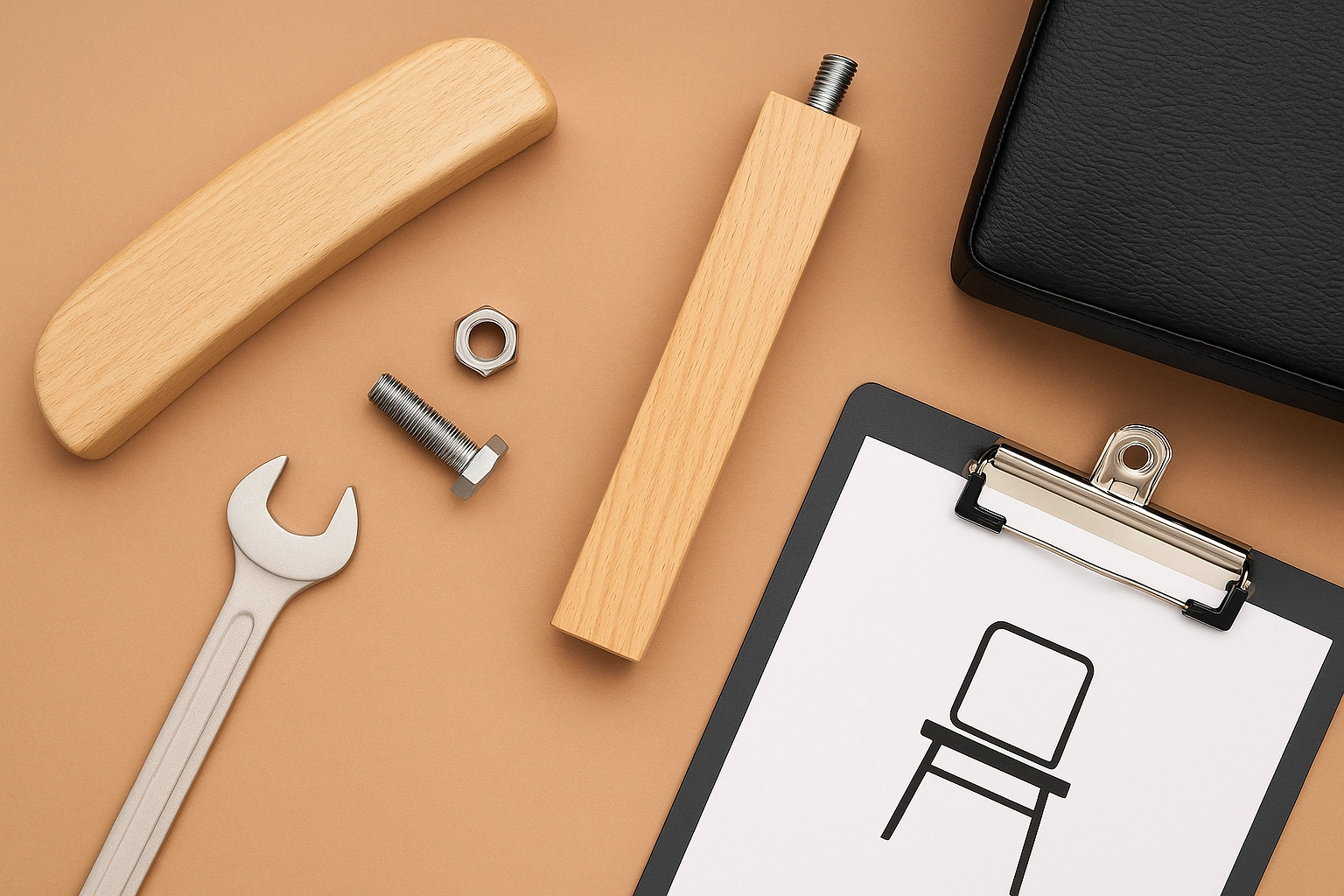Furniture Testing
The furniture industry encompasses a wide range of products including office chairs, beds, tables, and sofas. Ensuring that these products meet safety standards is crucial to protecting consumers from potential hazards such as structural failure or the release of harmful chemicals. This section provides an overview of various testing procedures used in the furniture sector.
Furniture testing involves a series of evaluations aimed at ensuring product durability, stability, comfort, and compliance with relevant regulations. These tests are conducted using sophisticated equipment and adhering to international standards such as ISO, ASTM, and EN. Compliance officers must be aware of these requirements to ensure that their products meet market expectations.
Testing protocols can vary based on the specific type of furniture being evaluated but typically include mechanical strength testing, material analysis, flammability tests, and chemical emissions assessments. The aim is to identify any weaknesses or non-compliance issues early in the production process so corrective actions can be taken before products reach consumers.
Quality managers rely heavily on detailed reports generated from these tests which provide valuable insights into product performance under different conditions. By leveraging this data, manufacturers can improve their designs and processes leading to higher quality end-products.
In addition to ensuring safety and compliance, furniture testing also plays a significant role in enhancing the reputation of brands by demonstrating commitment to excellence. This is particularly important given increasing consumer awareness about health and environmental factors associated with product choice.
It's worth noting that advances in technology have led to more precise methods for conducting these tests allowing for greater accuracy and reliability in results. As a result, customers can trust that their purchases will not only be safe but also meet high standards of quality.
To sum up, furniture testing is essential for maintaining safety standards while contributing positively towards brand reputation through rigorous quality assurance practices.
Industry Applications
Office Furniture Testing: Ensures that chairs and desks are comfortable and safe to use over extended periods.
Bedding Product Testing: Checks for durability, stability, and compliance with flammability regulations.
Sofa Comfort Assessment: Evaluates the seating experience including softness and support level.
Wood Finishing Evaluation: Inspects the finish applied to wooden components for its appearance and longevity.
The above list highlights some key areas where furniture testing is applied within the industry. Each of these applications plays a vital role in ensuring that products meet both performance expectations and regulatory requirements.
International Acceptance and Recognition
Furniture testing adheres to several international standards which ensure consistency across borders. Notably, organizations like ASTM International (formerly known as American Society for Testing and Materials), ISO (International Organization for Standardization), and EN (European Norms) provide guidelines that are widely accepted globally.
ASTM D751-20 specifies procedures for testing the tensile strength of upholstery fabrics. This standard helps manufacturers ensure their products can withstand normal wear and tear without tearing or breaking apart. Similarly, ISO 14956 covers the determination of formaldehyde release from wood-based panels used in furniture construction.
EN 13822 deals with the flammability requirements for upholstered furniture in residential buildings. It sets out specific criteria that must be met to prevent fires starting or spreading rapidly within homes. Compliance with this standard is crucial given its direct impact on public safety.
These international standards not only promote consistency but also foster trust among consumers who know their purchases adhere to recognized benchmarks. By participating in such programs, manufacturers demonstrate their commitment to quality and safety which can significantly enhance brand credibility.
Use Cases and Application Examples
Testing for Stability: Ensures that furniture remains stable during use preventing tipping accidents especially important for children's furniture.
Material Compatibility Checks: Verifies whether different materials used in a piece of furniture will interact properly over time avoiding issues like discoloration or degradation.
In addition to the above, here are more detailed application examples:
Colorfastness Testing: Determines how well dyes and pigments remain attached to fabrics after washing cycles. This is particularly important for fabric sofas where color fading could affect customer satisfaction.
Mechanical Fatigue Assessment: Simulates repeated loading conditions similar to those experienced by office chairs during daily use. This helps predict when components might fail prematurely leading to costly replacements.
These examples illustrate the breadth of testing capabilities available which cater to various aspects of furniture design and manufacturing processes.





